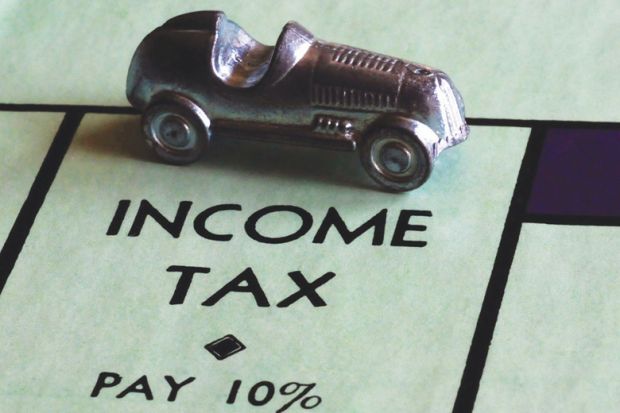Universities may soon rely on national datasets such as tax records rather than survey responses to learn about how their graduates fare in the job market.
A consultation on the future of the Destinations of Leavers from Higher Education survey, being conducted by the Higher Education Statistics Agency, says that much of the basic factual information that is captured by the questionnaire could now be collated from sources such as HM Revenue & Customs or, in the case of graduates who go on to further study, existing Hesa records.
This could increase the reliability of the data and reduce the cost of the survey, according to Hesa, which is considering whether the questionnaire could instead ask graduates about the impact that higher education has had on their happiness, or the extent to which they have used skills learned at university in the workplace.
At the moment, graduates are questioned in the DLHE about their employment and earnings six months after leaving university, with a sample of respondents being quizzed again three years later.
But the potential of data linking was demonstrated last month by the first major study comparing student records with HMRC data, which found that graduates from richer families earned significantly more than their less wealthy counterparts even when they had similar degrees from similar institutions.
Paul Clark, Hesa’s chief executive, told Times Higher Education that the review was necessary to ensure that the DLHE remained reliable and kept pace with an increasingly diverse higher education sector.
“With data linking, some of the information we collect could be provided more accurately, more efficiently and at lower cost, which means there would be more resource available to focus on areas of the survey that cannot be delivered in that way,” Mr Clark said.
“If we can have more sophisticated, nuanced survey questions, with standard data items readily available from existing sources, we think there will be benefits for all parties: people looking at salary information would know it was accurate, and providers could focus their effort on capturing more contextual data that will give a richer and more accurate picture of graduate outcomes for their institution.”
DLHE data are currently collected by universities, but another significant change being considered by Hesa is the centralisation of data collection. This could potentially reduce the cost of gathering the information while also helping to “ensure continued trust in its reliability”, the consultation document says.
One former university employee told THE last year that DLHE data were being manipulated by institutions, and the consultation document acknowledges that the objectivity of results “could be improved”; this is particularly important given that DLHE returns are expected to form a key metric for institutional performance in the teaching excellence framework.
Hesa is also considering whether the two survey points need to be retained or whether a single questionnaire, conducted 18 months after graduation, for example, would suffice.
The consultation runs until 14 July, with the new arrangements likely to be introduced in 2017-18.




